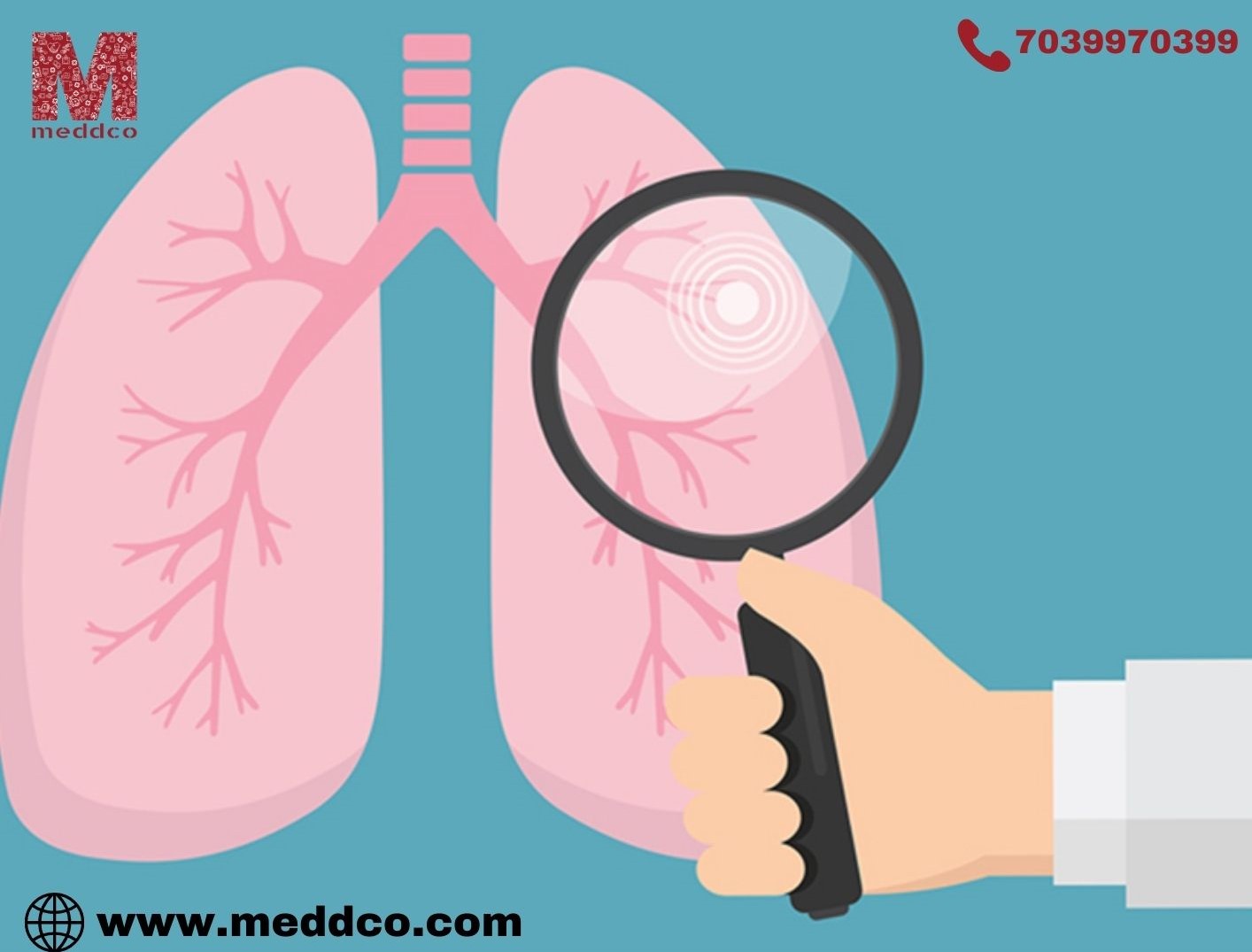

: Admin : 2022-04-30
Lung cancer today is one of the most widespread cancer types. It was reported in 2021 that 23% of people who rowed diagnosed with lung cancer survived only 5 years after the diagnosis. The survival rate is still very low even today. But via Decortication surgery on an average, the survival rate is increased to 20 months. This surgical method has a 90% success rate and is one of the most effective methods for the treatment of lung cancer.
Decortication?
Normally our lungs expand and contract and to aid this very movement there is a fluid present around the lungs, this acts as a lubricant so that the lung movement is smoothly done in the chest cavity. But when the patient is suffering from lung cancer then it's noted that this fluid layer thickens and starts to fill in the chest cavity. There is also the formation of a thick envelope around the lungs which hinders its proper movement.
The removal of this particular layer around the lungs and also the tumor cells is called “DECORTICATION”.
How is it Done?
This surgery is a two-tier tale. One is the removal of the thick fluid envelope and the second cleansing of the tumor cells from the chest cavity.
This procedure is only done in the case of later stages of cancer, it's not suggested in the early stage.
The surgery is performed under general anesthesia. It can be done in two ways;
- Patient keeps the diseased side up
- The chest area is cleaned with medicine
- Endotracheal intubation is conducted.
- When the anesthesia’s effect is started then the surgery begins
- The surgery is done at the 5th or 6th intercostal space.
- The envelope around the lung is peeled off first taking into care not to damage the lung tissues.
- After peeling, the pleural rind is taken out and lung expansion is checked.
- If any lung tissue is damaged then it's sewn or sealed with sealants.
- To drain out the excess fluid two chest tubes are placed in.
- The blood is now suctioned out.
- Patient keeps the diseased side up
- The chest area is cleaned with medicine
- Endotracheal intubation is conducted.
- When the anesthesia’s effect is started then the surgery begins
- Local anesthesia is given at the trocar entry for the ports.
- This process is usually done in the early stages.
- The envelope around the lung is peeled off first taking into care not to damage the lung tissues.
- After peeling, the pleural rind is taken out and lung expansion is checked.
- Other fluids like pus are suctioned out.
- To drain out the excess fluid two chest tubes are placed via the port side.
- The tissue under is then closed.
- During this process a 30-degree camera is used to view the procedure.
Postoperative care:
- To assist in proper breathing, mechanical ventilation is provided.
- Continuously monitored by doctors.
- Chest tubes are checked to avoid fluid leakage.
- Patients are given a boost to start a movement so that recovery is fast.
- Tracheal suction and chest physiotherapy is done regularly
- Cardiovascular monitoring is done frequently to ensure the proper functioning
Medication:
Generally, the doctor prescribes antibiotics and pain relief medicines once discharged. Follow-up is done every week for about a month after the surgery and later on, it is decided by the doctor.
Lifestyle changes after surgery:
- Eat healthily
- Regular physiotherapy
- Exercise is a must.
- Quit smoking
- Try and avoid infections.
Some common complications that occur during surgery:
- Excessive bleeding
- Hemorrhage
- Damage to lung tissues.
- Severe pain
- Infections
Conclusion:
The procedure might sound a bit risky, but its risk is worth taking as the success rate is great and it's the most suggested method. I guess this will clear some of your doubts regarding the procedure. A surgical procedure is a better option.
cancer lung cancer
No Comments